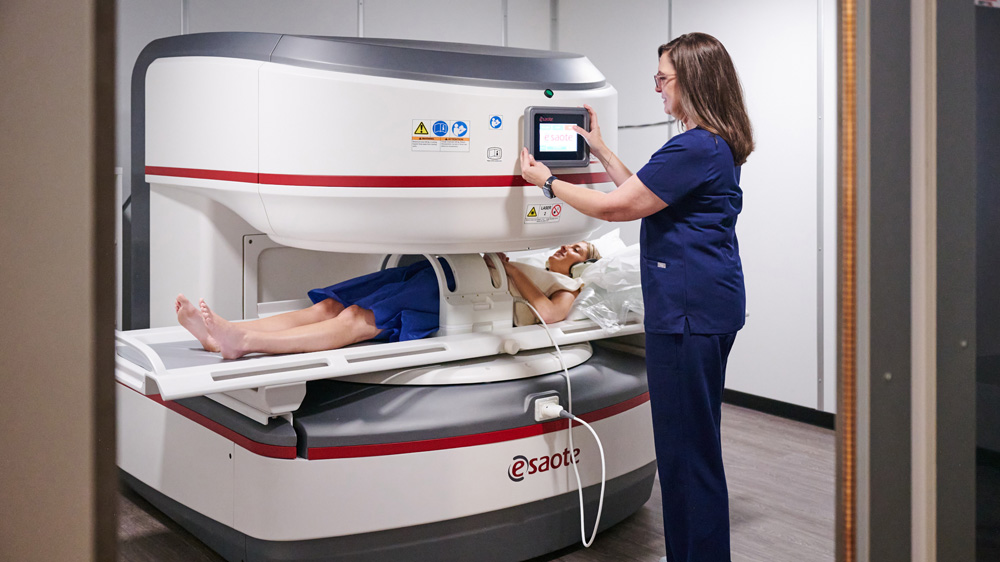
What is it?
An MRI (magnetic resonance imaging) system is an imaging test that orthopedic providers use to look for and diagnose musculoskeletal injuries. It uses computer generated radio waves and magnetic fields to create detailed images of the body. MRI imaging is particularly useful for soft tissue injury, such as tendon or ligament injury, but can also be used to evaluate bony conditions, such as stress fractures.
FAQs
Why has my provider ordered an MRI exam?
Your provider has ordered an MRI to confirm or exclude a diagnosis, to aid in the prompt and accurate treatment of your condition.
Who performs and interprets the MRI exam?
Your exam will be performed by a technologist with training in magnetic resonance imaging. A radiologist, who has advanced training in musculoskeletal radiology, will provide an interpretation of your examination. Your provider will then utilize the MRI images and radiologist report to determine the appropriate clinical diagnosis and treatment plan.
What are the risks in an MRI?
There are no inherent health risks of MRI in most individuals. Given the use of a magnet for the imaging test, any implants or metallic objects in your body will need to be identified to ensure compatibility with the machine. An MRI safety questionnaire needs to be completed by the patient and reviewed by the radiology technologist prior to starting the test to ensure patient safety. Depending on the findings of the questionnaire, further information or medical records may be required prior to the test. This information or medical records may be required prior to the test. This information will be assessed using published safety protocols for the MRI machine and/or clearance by the radiologist.
